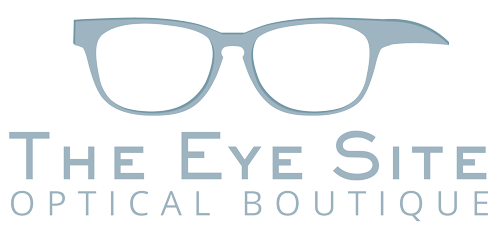January Is Glaucoma Awareness Month
Everything You Need to Know About Glaucoma
GLAUCOMA AWARENESS MONTH
It’s Glaucoma Awareness Month, and we’re giving you some of the best facts that you need to know in order to be aware of what Glaucoma is, what the risk factors are, and what you can do to prevent Glaucoma.
WHAT IS GLAUCOMA?
Glaucoma is a serious life-long disease caused by damage to the nerves in the eye. It can lead to blindness and is not curable, but if detected early you can get treatment that will help to delay progression and prevent further vision loss.
There are four different kinds of Glaucoma:
- Acute (Angle Closure) Glaucoma
This form of Glaucoma happens when the drainage system of the eye becomes blocked. It is a sudden onset issue and requires immediate medical attention. This form of Glaucoma most often affects those of Asian and Native American descent. - Chronic (Open Angle) Glaucoma
This is the most common type of Glaucoma and occurs when the aqueous fluid in your eye drains too slowly causing pressure to build in the eye. Most often this occurs with aging, but young people can also get this type of Glaucoma. - Normal Tension Glaucoma
This form of Glaucoma doesn’t have to do with abnormal tension in the eye, but occurs in people who are highly sensitive to normal tension levels, and may be connected to reduced blood-supply to the eye. - Secondary Glaucoma
Inflammation, trauma, or tumors may lead to secondary Glaucoma.
WHAT ARE THE RISK FACTORS?
- Family History
- Medical History
- Age
- Race
RECOGNIZE THE RISKS: ANSWER THESE QUESTIONS
*Now that you know the risk factors for Glaucoma, you can ask yourself these questions:
1. Did my parents, grandparents or great-grandparents lose their sight? What was the cause of their vision loss? Glaucoma occurs at least twice as frequently among people who have blood relatives with glaucoma.
2. Do I have diabetes?
3. Am I of African-American or of Afro-Caribbean descent? (if so, you are more likely to get glaucoma at a younger age)
4. Am I 40 years of age or older?
5. Have I had an eye injury or eye surgery, even as a child?
6. Am I very nearsighted?
7. Have I taken steroids on a long-term basis?
8. Do I qualify for the annual glaucoma screening benefit under Medicare?
WHAT YOU CAN DO TO PREVENT GLAUCOMA
1. Know your history. If your race and/or family history put you at risk for Glaucoma, or if you have ever had an eye injury or surgery—make sure to have regular eye exams and that your eye doctor knows your history.
2. If you are pre-diabetic, or Type 2 Diabetic, make lifestyle improvement a priority to reduce your risk of Glaucoma. If you are Type 1 Diabetic, work regularly with your eye doctor to make the best choices you can to maintain eye health for as long as possible.
3. If you are very nearsighted, make sure to talk to your eye doctor about Glaucoma risks and follow their advice for prevention at your regular eye examinations.
4. Avoid taking steroids for extended time periods. If this is unavoidable, or if you already have a history of taking steroids, make sure your eye doctor knows so that you can work together to monitor and take preventative measures as necessary.
5. Make sure to schedule regular eye exams. Have you recently had an eye exam? If not, call your eye doctor and make an appointment. As with many eye conditions, early detection is the best way to preserve your vision. If eligible, take advantage of any Glaucoma screening benefits you have under Medicare.
These are the best steps you can take if you are at risk for Glaucoma. We are here to answer any deeper questions you may have about making sure that you’re taking the best possible care of your vision, based on your patient history and current health condition. Make an appointment by giving us a call, or sending us a text or email.
*List provided by PreventBlindness.org

